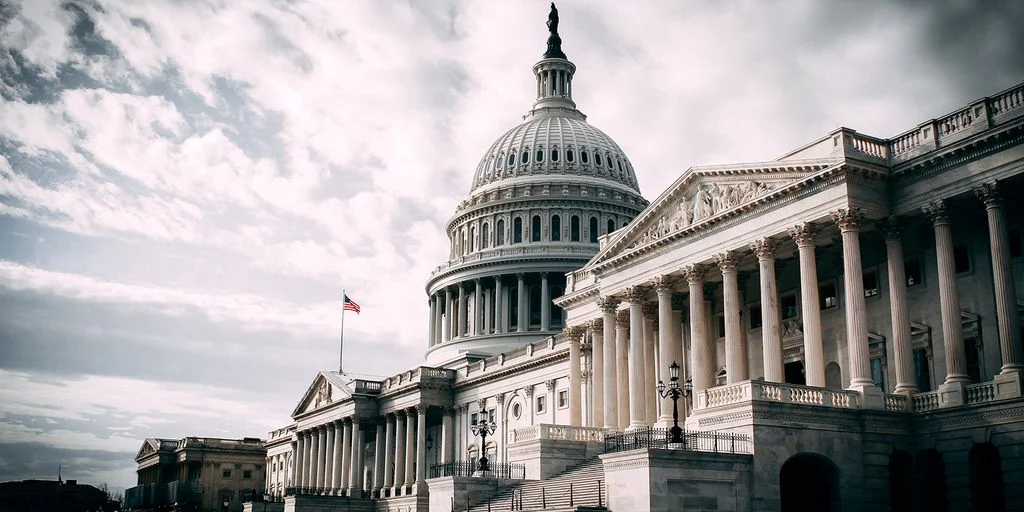
It’s past time to try some new approaches in the way we run elections. The crisis of leadership in the U.S. House ought to drive home that point.
House Democrats and some Republicans ousted Republican U.S. House Speaker Kevin McCarthy Oct. 5, and the devil they knew might very well look better than not having any devil at all, now that GOP Reps. Steve Scalise and Jim Jordan have failed to build enough support to take over the gavel. We’re now heading into week three of a House that isn’t just divided, it’s careening on the edge of collapse. As reform advocate Unite America has noted, the eight House members who started causing McCarthy so much trouble were elected in partisan primaries by 12% of their districts’ voters. That’s beyond the opposite of majority rule. Unite America calls it the “Primary Problem” and it absolutely is.
We’re either polarized and shouting past each other or completely disengaged from our governments and don’t care. If the federal government does shut down, more of us will care again quickly who depend on it for work or other benefits.
As the U.S. House drama unfolds daily, Illinois local, state and federal candidates are circulating petitions to try to secure a ballot spot for the March 19th primary. We’ve already sorted our polarized selves with Democrats dominating and clustered in and around the Chicago metro region, and Republicans dominating and spread out around the rest of the state. Majority Democrats further cemented that self-sorting by creating gerrymandered districts that concentrate Illinoisans into deep-blue or rich-red districts with as little competition as possible. In Indiana and plenty of other states, majority Republicans did the same.
This unending, majority power thirst for power, control and as little competition as possible fuels the polarization that is driving our dysfunction to new levels.
Here’s how the Illinois election story will go: If more than an incumbent gives it a go for an office and collects voter signatures to try for a ballot spot, the would-be candidates in a race will try to knock off their competitors by challenging those signatures or other paperwork. New election approach No. 1 ought to be lowering signature requirements and making it easier for would-be candidates to check voter registration before someone signs their nominating papers to cut down on the candidate challenge game.
If history holds, most of the offices on our ballots will feature only one candidate and that easy winner will not be incentivized to listen to constituents. In the handfuls of instances where there are two or more candidates in a primary contest, they’ll battle for a small number of votes and the candidate who is less mainstream, better financed and more organized will win. Illinois and many states have systems that require voters to ask for one party or another’s ballot to participate in primary voting. Many people are more independent-minded and just don’t want to be boxed in like that. A few years ago, Unite America noted 10% of voters cast primary ballots that effectively chose 83% of Congress.
So, new election approach No. 2 ought to be fully opening up our primary elections to let all voters choose among all candidates, as five states do, and then letting the top four or five of any party advance like they’re considering doing in Nevada.
The voter turnout next March will be higher than the last primary because it’s a presidential election year, but only the most partisan voters tend to cast primary ballots and that produces winners on their party’s edges who don’t represent the majority of their constituents.
New election approach No. 3 should be approving ranked-choice voting for all our elections.
Ranked-choice voting effectively erases the “Primary Problem” because the election winner will have won the support of a majority of voters and is much more likely to represent more of their constituents.
Ranked-choice voting could encourage more people to take a shot at running and boost voter turnout, especially if combined with fully open primaries. If four candidates run, voters could rank as many as they like. If no one wins a majority outright, then the last-place candidates are eliminated and votes are counted until a majority winner is declared. Candidates are less likely to tear each other down as they seek to be in voters’ top preferences. Studies also have shown RCV benefits candidates of color. Ranked-choice voting also eliminates costly runoffs.
The good news is Illinois lawmakers authorized a task force to consider ranked-choice voting. We all rank all the time. It’s as simple as ordering pizza toppings or thinking about whether you’d rather have ice cream, gelato or soft serve.
Let’s get going on giving it and these other approaches a go. They’ll give more of us greater choices and stronger voices in our governments and those are wins we need.
This column originally appeared in Crain’s Chicago Business on Monday, October 23, 2023. Read the article in its original context here.
